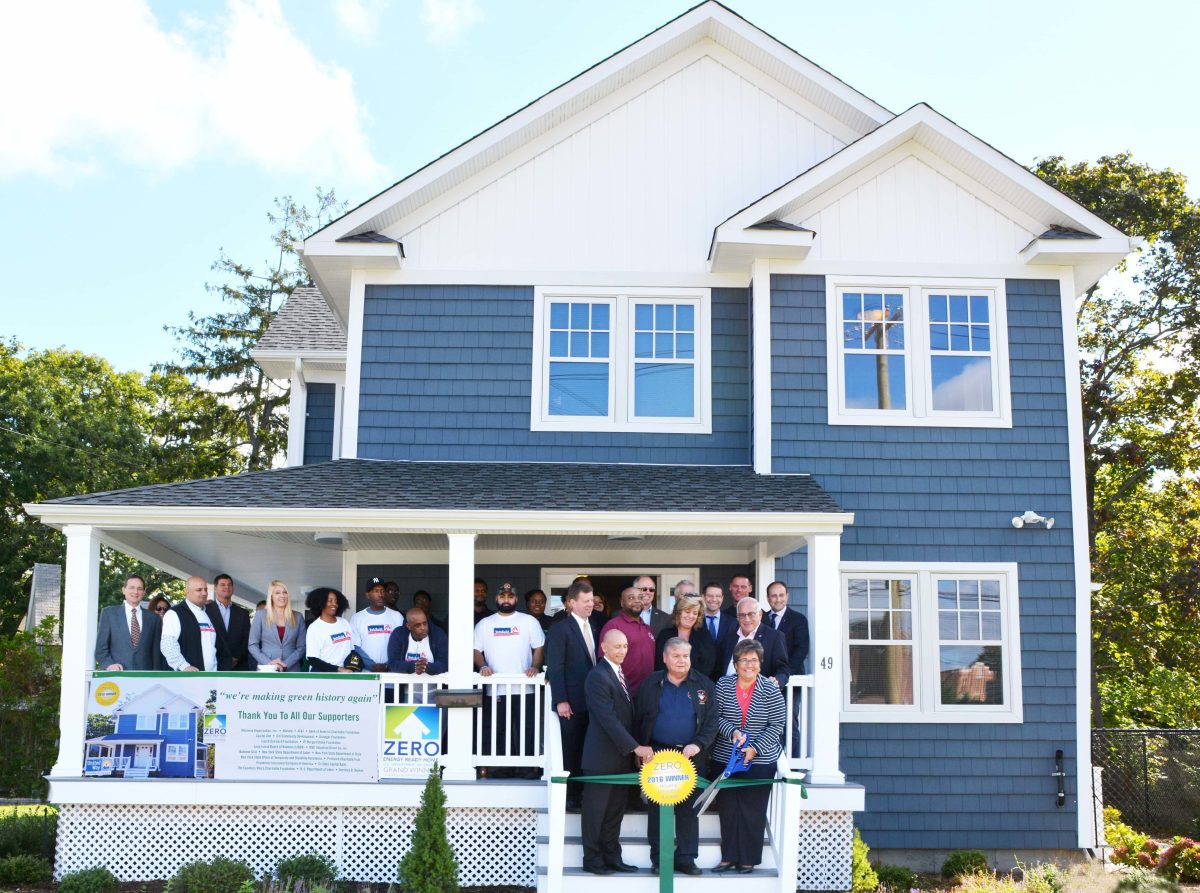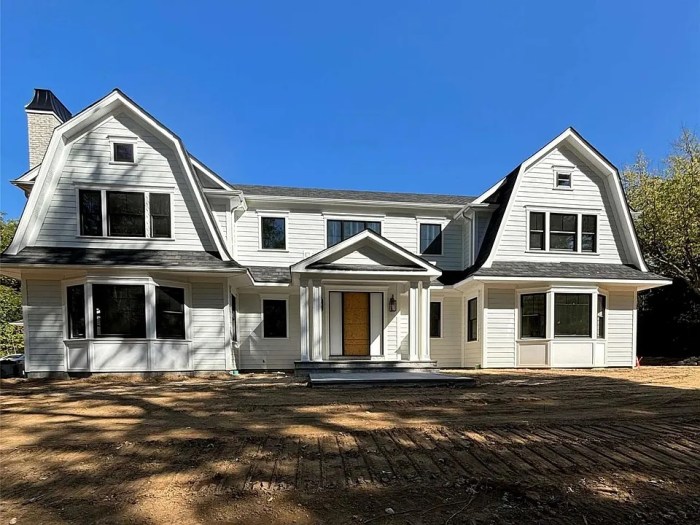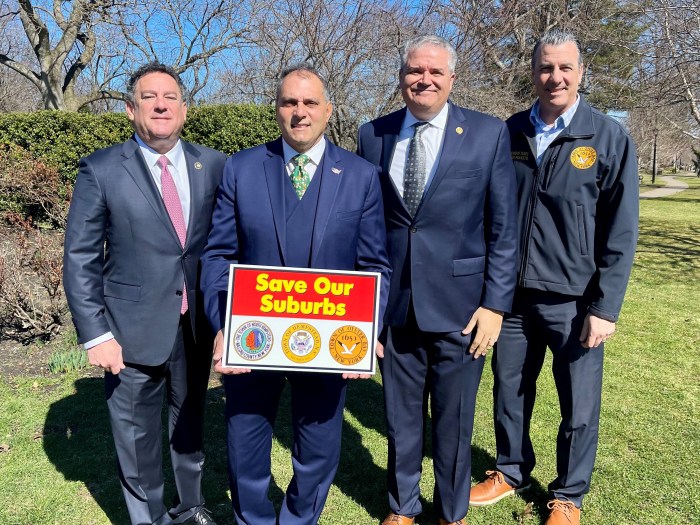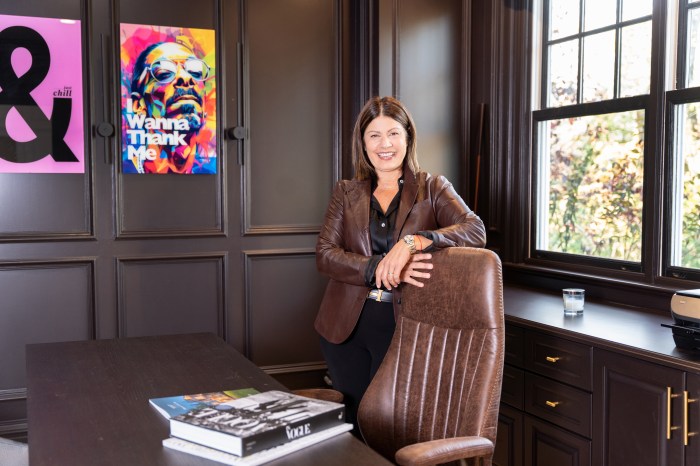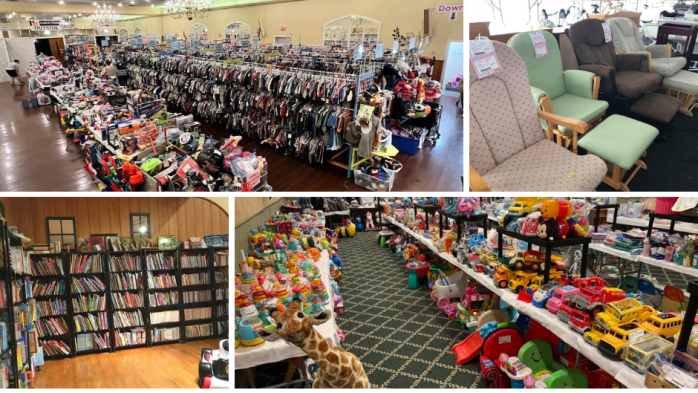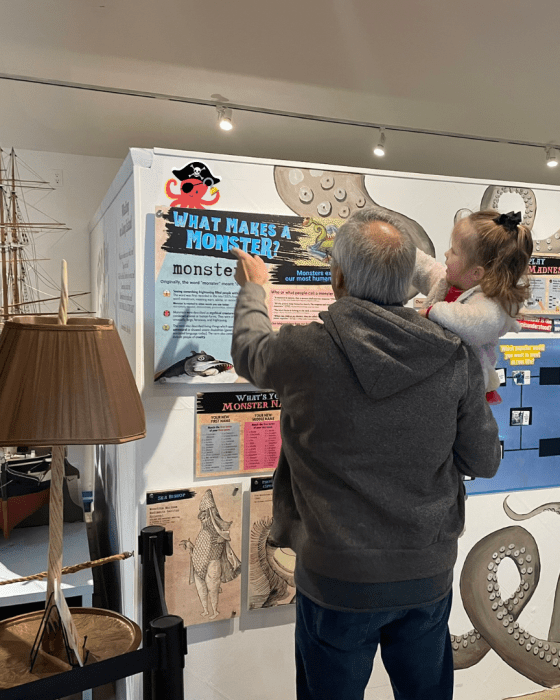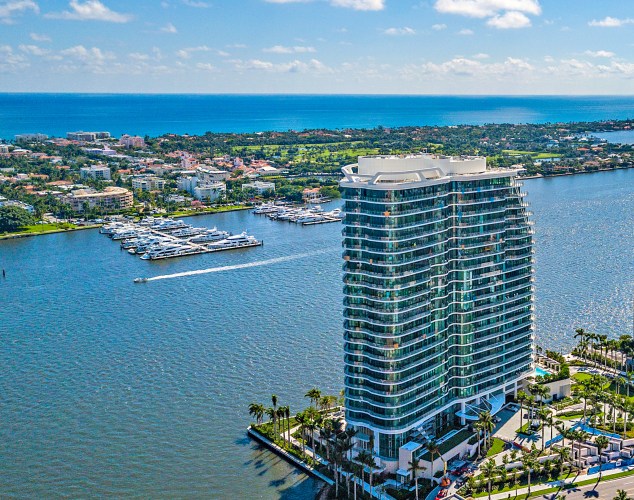Environmentally friendly and next-generation technologies are making households both smart and healthy as savvy homeowners install devices that simplify their lives and secure their biggest investment.
Home innovation trends include integrative systems that detect leaks, regulate temps, and monitor a home’s security, often with the touch of a smartphone. Such upgrades are often made in concert with cost-cutting renewable energy products, such as photovoltaic cells, commonly known as solar panels.
“I think people are looking at things more holistically now when they undergo home construction,” says Daniel Busi, managing director of the U.S. Green Building Council Long Island Chapter (USGBC-LI). “Due to more information being available to the general public about possible rebates/incentives for innovative systems, people are looking to retrofit with a variety of options.”
Approaches include sustainable construction that maximizes materials, efficient building that uses only the necessary amount of resources, resilient construction that prepares for upcoming natural disasters, and renewable energy production that reduces fossil-fuel dependence. Houses that use these standards are referred to as Leadership in Energy and Environmental Design (LEED)-certified homes.
“These options often cost a bit more upfront, but all lead to significant savings,” Busi says. “People have started to really see the ROI [Return on investment] for geothermal, benefits of innovative and alternative wastewater treatment septic systems, value of solar arrays [panels], etc.”
But Busi doesn’t think LEED-certified homes have caught on quick enough and notes that solar sales have declined since 2016.
“It isn’t the case everywhere, but an industry-wide average ROI is seven years,” Busi says of the up-to-$30,000 cost of installing solar panels. “Energy-efficient upgrades can range, but I’ve heard examples of the payback being worth it after only one to two years.”
THE JETSONS LIFESTYLE
Home innovation goes beyond consumer devices like Amazon virtual assistant Alexa.
“The future of housing … is home automation,” says Rick Wertheim, senior vice president of housing and green initiatives for United Way of Long Island. “The newest innovation? How homes adjust their indoor home environment to the occupants. Now a home has the ability to detect things that go wrong, on its own.”
In the past, there was never any device to automatically detect toxins, aside from carbon monoxide detectors.
“The most important innovations coming out,” says Wertheim, “are sensors that communicate with home systems like HVAC and monitor if the air is good or bad.”
For example, the Foobot Indoor Air Quality Monitor connects to smartphones and detects if there are too many volatile organic compounds in the air or if the humidity is too high. If so, exhaust fans turn on.
“The solution to indoor pollution is dilution,” he says. “Dilute with fresh air so toxins are less harmful.”
IS GREENER BETTER?
“Putting bamboo floor in my house doesn’t make it green,” says Wertheim. “Bamboo flooring may have formaldehyde.”
He uses this as an example of a phenomenon called green washing, in which companies sell products that make overstated claims of being environmentally friendly. Real green products are sustainable and renewable, he says.
“We have people asking us for insulation products that aren’t toxic,” says architect JP Lardoux, who works with Wertheim on building green houses. “Instead of fiberglass products, some folks are using cellulose (chopped-up newspaper). Foams can create bad gases. This is a natural recyclable product.”
Cellulose works better on cold air. Borax (boric acid) is also added, a natural fireproofing agent that even acts as an insect and rodent repellent.
For floors, Wertheim suggests strong, economical, sustainable Marmoleum — an all-natural flooring that’s an alternative to sheet vinyl.
Devices like thermal leak detectors that integrate with the home’s water supply systems via smartphones to detect leaks and fix insulation are an efficient way to monitor ducts, windows, and other vulnerable insulation spots.
Wertheim says the next big thing for green tech is the heat pump, an inexpensive, electric plug-in system that can switch between heating and cooling and replace air conditioners.
While most homes here aren’t built to high-level, stringent construction standards, as such building becomes commonplace, more homeowners are taking the plunge.
“Eventually these devices and products will become more economical to incorporate into your house,” he says. “You may not be able to do fully automated systems, but you can try and implement as much as you can.”
“Sooner or later,” he quips, “the house will become more like a machine that’s working for us.”




